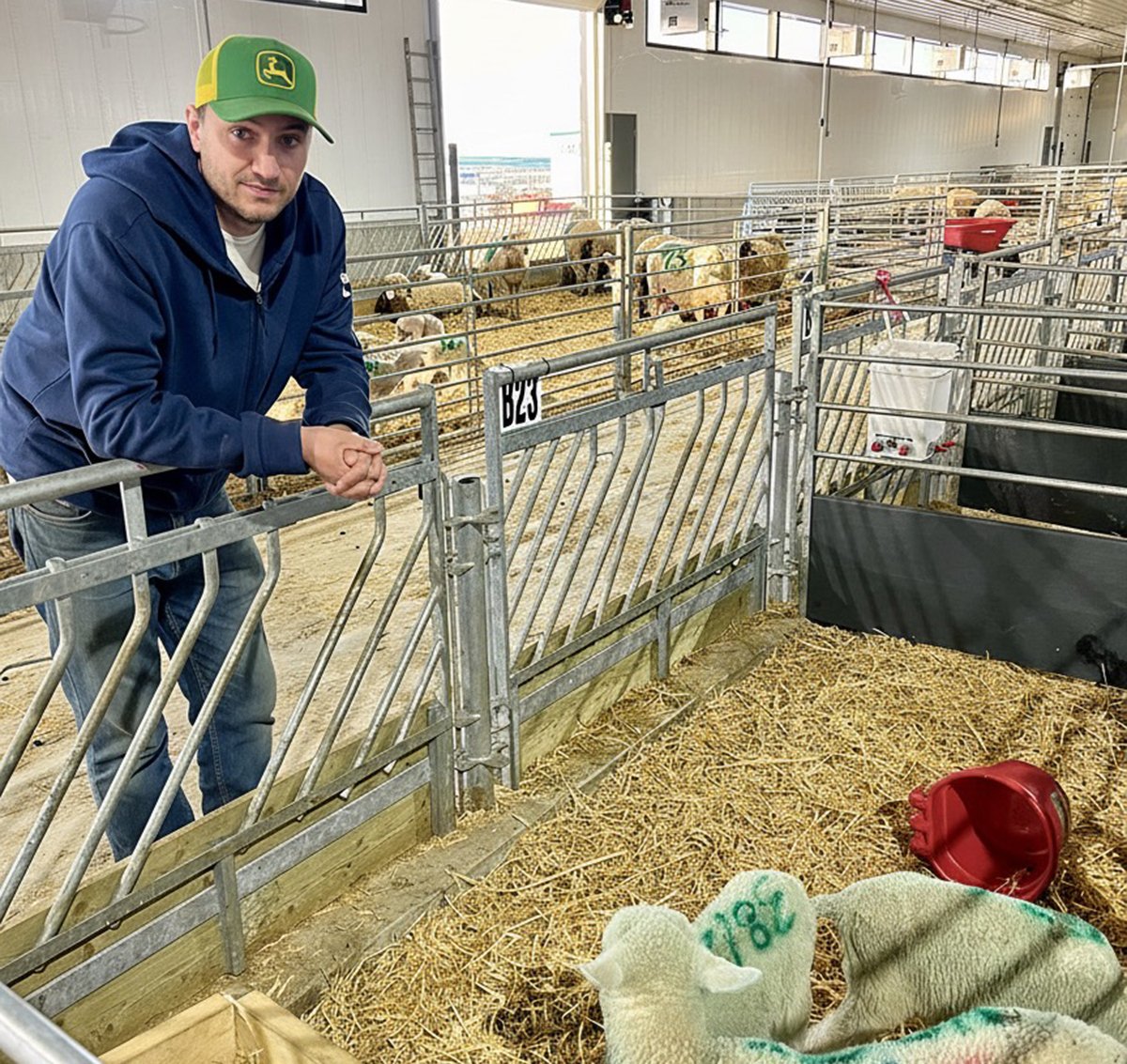Producers are required to have a written plan outlining when and why
Hog producers must have a plan for when and how to euthanize pigs when necessary.
Dr. Craig Wilkinson, director of animal care in the agriculture faculty at the University of Alberta, said the processes involved in making a decision to euthanize, and then documenting it, are among the most challenging aspects for producers.
He discussed the topic April 30 during a conference call organized by Alberta Pork.
Euthanasia is defined as providing a humane death without pain or distress.
The pig code of practice, finalized last year, requires producers to have an on-farm written euthanasia plan developed in consultation with a veterinarian. It also requires that those who carry it out must be trained in proper methods.
Read Also

Solar, sheep provide valuable farm diversification
Eric Steeves says raising sheep on forages grown under solar panels provided economic stability and perhaps even saved his family’s fifth generation southern Alberta grain farm.
“Farms really need to ensure that there’s a really thought-through euthanasia plan,” said Wilkinson.
“That’s a way of ensuring that there’s consistency regarding when and for what reasons euthanasia is to be applied, who is going to make that decision and who’s going to do it, and how it’s going to be done at different various stages of the animal.”
Wilkinson said it is difficult to determine the appropriate time to euthanize a pig but erring on the side of early rather than late will limit animal suffering.
He suggested producers develop a chart to help them and their employees determine when euthanasia is required.
“It sure helps to have this well defined. The code or practice has an example of a decision tree.… It’s really a good guide for setting that up. Each farm may have slightly different criteria but they should really follow the main principles.”
Once the decision is made, Wilkinson said the job should be carried out quickly, using accepted, well-maintained equipment and by a person trained in use of that equipment.
“It’s better not to dither. It’s better to just get on with it and ensure that the animal is humanely euth-anized.”
As for proper method, the code of practice chart provides a guide. At the U of A, a research facility with veterinarians on staff, Wilkinson said euthanasia drugs are often used on pigs. In other cases, sedation is provided beforehand.
However, this is not practical in many farm situations. There, various types of captive bolt systems are the most frequently used method, according to Alberta Pork’s informal survey.
Wilkinson said the CASH dispatch kit is effective, as is the Zephyr. Both are captive bolt styles of trigger-operated guns. Used properly, they render animals instantly insensible.
Dr. Frank Marshall of Marshall Swine Health Services said he finds the Zephyr best for small pigs. Dr. Egan Brockhoff of Prairie Swine Health Services favoured it as well but noted the importance of firm head restraint when using it.
Wilkinson said producers should have a specific location for swine euthanasia, away from other animals,where equipment can be kept and maintained and the site can be easily cleaned.
He also noted the importance of quickly determining death of the animal and having a plan for safe carcass disposal.
The National Farm Animal Care Council code of practice for pigs can be found at https://www.nfacc.ca/codes-of-practice/pigs.















